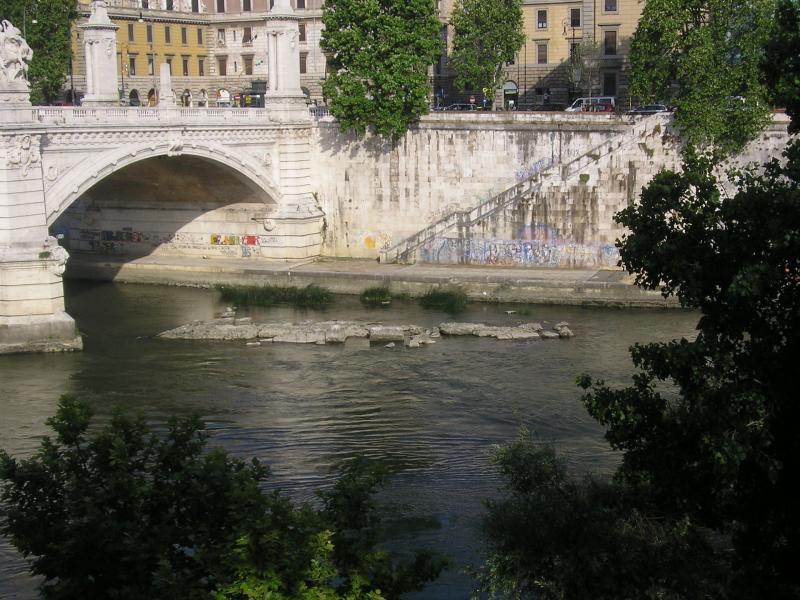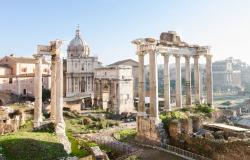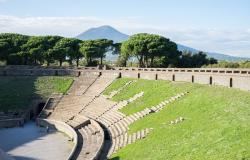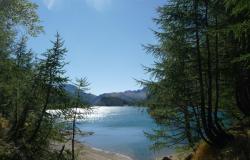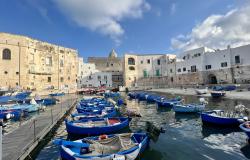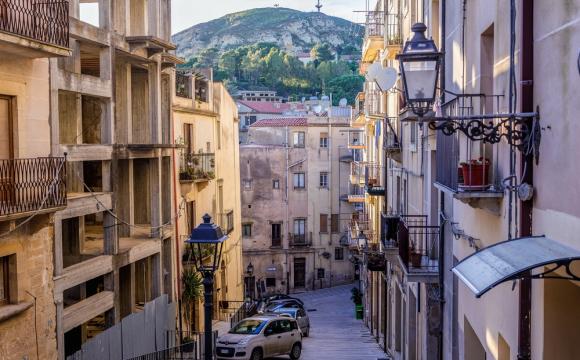The (one) upside of an alarming downturn in water levels? Buried treasure.
As Italy’s severe lack of rainfall continues — with scientists warning that the current drought is on track to become the worst in 500 years — receding waters have brought previously submerged relics to light.
In Rome, for instance, the drought-stricken Tiber River exposed two piers of Emperor Nero’s bridge, dating from the 1st century BCE. Along the northern River Po, a 1,000-pound unexploded World War II bomb was discovered washed up on its long-submerged riverbed. Up and down the Italian peninsula are reports of the ruins of medieval walls and ghost villages surfacing due to the plummeting water levels.
Of course, Italy’s not alone in this.
All over Europe, large bodies of water are drying up, resulting in the emergence of priceless cultural heritage, including some prehistoric objects. In Spain, for instance, the receding waters of the Valdecañas reservoir revealed what archaeologists are calling the “Spanish Stonehenge” — a circle of megalithic stones believed to date back 7,000 years. And at the bottom of the Danube in Serbia, some 20 sunken Nazi warships were uncovered.
These “silver linings” are few and far between, however.
According to National Geographic, the extremely dry and hot conditions are causing grave economic concerns. This season’s crisis has seriously threatened Italy’s extensive rice crops, and with them, the country’s prized risotto. Going forward, experts fear that unfavorable weather will only continue to take its toll on rice, along with other crops.
Speaking to residents in three highly productive regions of Lombardy, Piedmont and Emilia-Romagna this summer, Julian Gomez for EuroNews reported seeing desperation at every turn. The Italian government, in an attempt to quell the worst of the situation, implemented strategies such as sending water trucks into towns to replenish waning water supplies.
“One of the ones we heard about is taking place in small villages around Lake Maggiore. Unthinkable as it might seem, these villages, located at the foot of the Alps, are currently being resupplied with drinking water by trucks as their usual sources are completely empty,” Gomez reported.
Archaeological breakthroughs aside, experts fear that scorching temperatures and arid landscapes are becoming the planet’s “new normal.”
